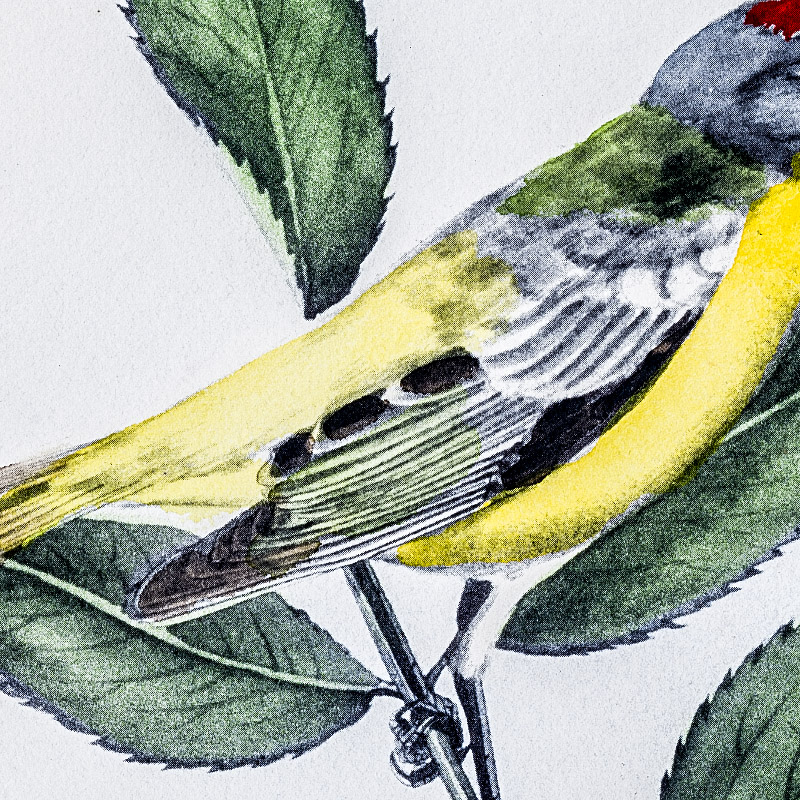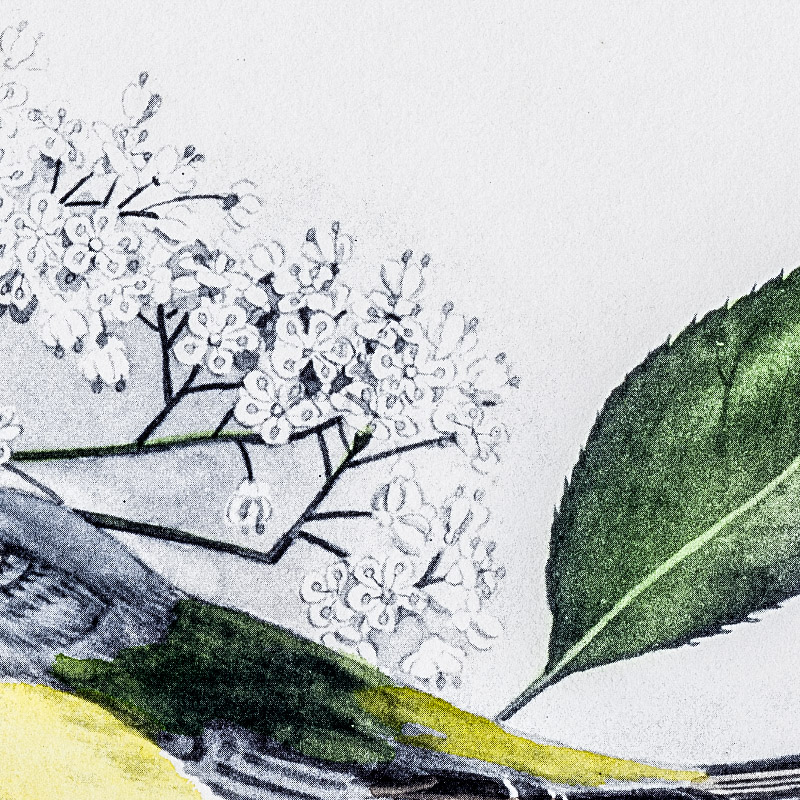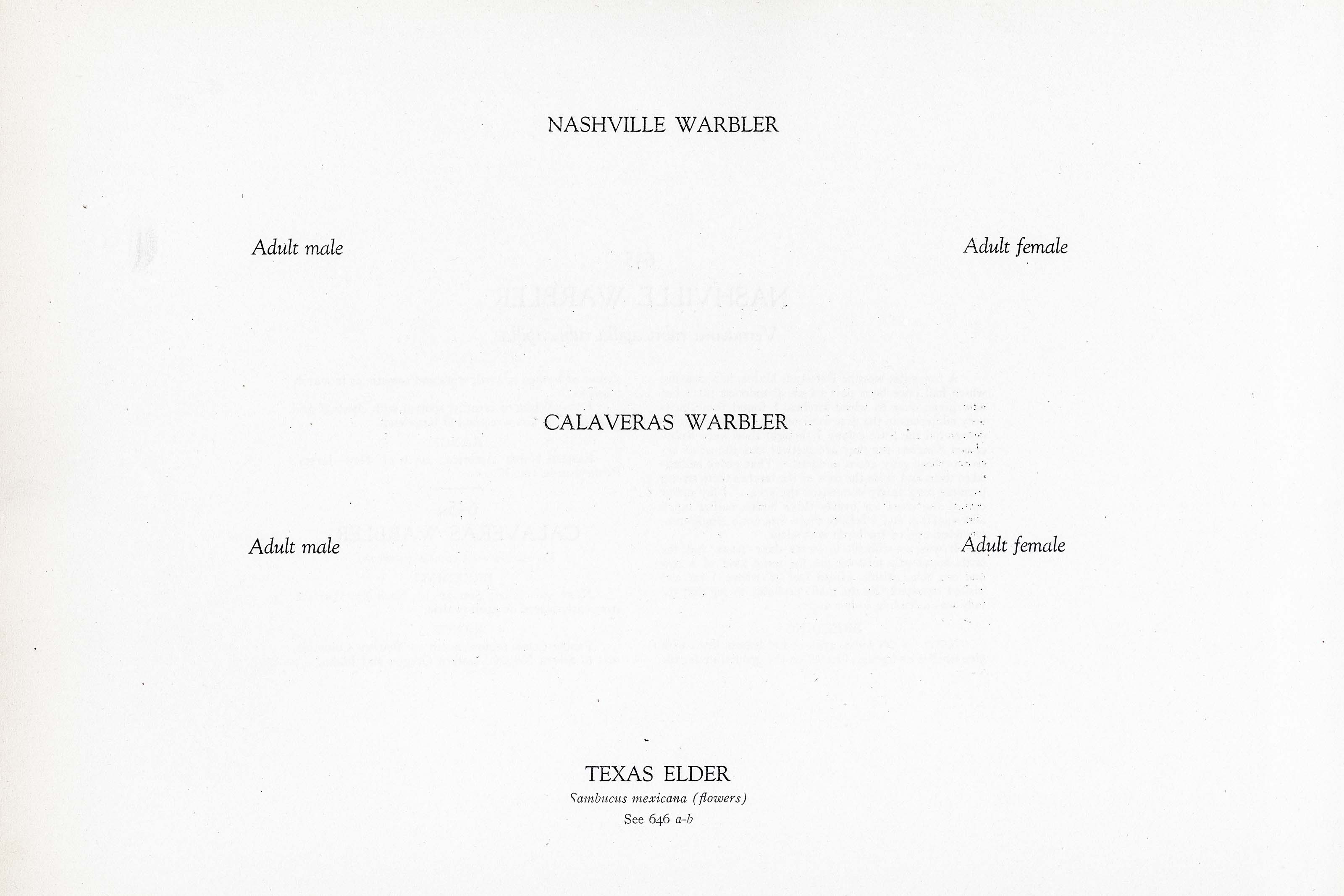






1912
1930
11
645-645a
A team of dedicated board members, volunteers, and student interns has published every page in Volume 9. This volume includes 360 images of paintings and lyrical descriptions of birds, now available online for everyone to enjoy anywhere in the world. This is a monumental task. Each volume requires approximately 400 hours to photograph, edit, transcribe, catalog, and publish online. We need your support to complete this work.
If you're tech-savvy, have a good eye, are meticulous with details, and love structured data, please consider volunteering by emailing us at hello@rexbrasher.org.
We encourage all bird lovers and supporters to consider a monetary donation to support our mission to make Rex's work available for everyone. You can provide a one-time or recurring donation online.
A few miles west of Portland, Maine, in a clearing which had once been part of an abandoned farm but now given over to white birches, I found these birds very numerous in the first week of June. When I first discovered the little colony I thought they were Rubycrown Kinglets for they are restless and almost as active as those gray-green midgets. That grove belonged to them and from the tops of the birches their strong peculiar song fairly dominated the area. I lay under one of the trees for nearly three hours, eating lunch and smoking, and I believe there was not a single minute when one of the birds was silent.
It was not difficult to locate their nests for the birds apparently mistook me for some kind of a cow and one home within fifteen feet of where I sat was visited repeatedly by the male, probably to see that the lady was attending to her duties.
NEST: Of dry moss, grasses and leaves, lined with pine needles and grass; located on the ground under the shelter of bushes or small trees and sometimes in marsh tussocks.
EGGS: White or creamy, spotted with chestnut and lilac, more or less wreathed at large end.
Eastern North America, north of New Jersey, Pennsylvania and Illinois.
NEST AND EGGS: Similar to Nashville Warbler, frequently placed on open prairie.
Pacific Coast region, north to British Columbia, east to Sierra Nevada, eastern Oregon and Idaho.
A 25-foot tree with trunk sometimes bulged at base; distributed from western Texas thru southern New Mexico and Arizona to southern California.